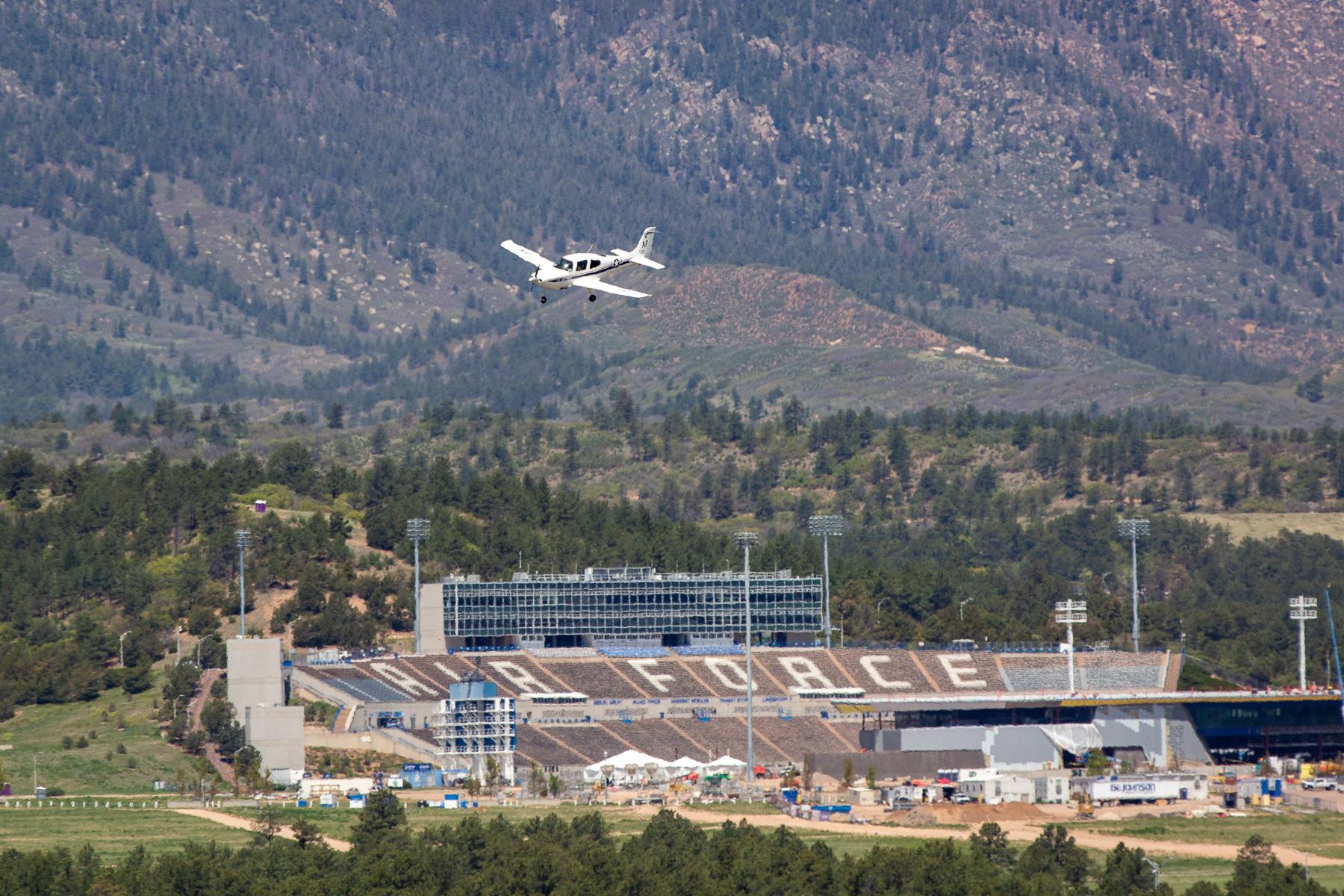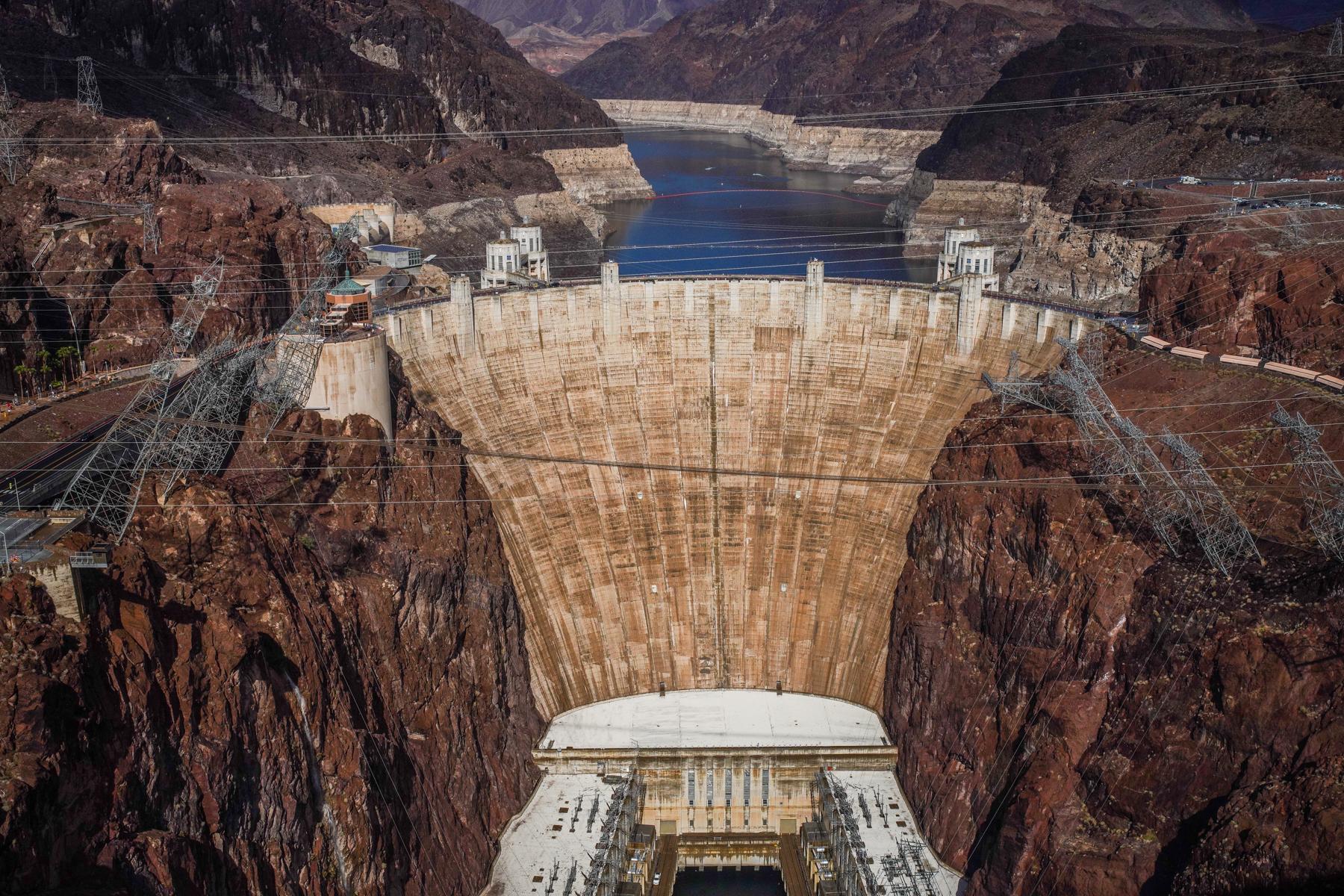
The drought that has plagued the southwestern U.S. for more than 20 years is most obvious when you visit Lake Powell or Lake Mead. The Colorado River water that travels down there used to nearly overflow the dams that create the country’s two biggest reservoirs.
But now, the water levels are so low that you can see the red and yellow rock that was once deep underwater.
The drop has caused some cities to enact strict rules on water use, and consider new ways of getting water over the long term. A few small cities and some farms have been cut off from their regular water supplies altogether.
It’s a stark picture of climate change that has earned robust news coverage in the last year. News outlets like The New York Times, CNN and The LA Times have called it a “crisis” and a “disaster.”
And with good reason: For nearly a century, those reservoirs and many smaller ones have made it possible for tens of millions of people to live, work and farm in some of the hottest and driest places in the country.
Colorado River water goes to cattle ranches in western Colorado; fields of bushy green lettuce in Yuma, Arizona; and Las Vegas, whose population has more than quadrupled since 1980. In total, more than 40 million people and much of the nation’s homegrown food supply have to share this water.
But as population growth and climate change slam together in the West, less water has been flowing down the Colorado River. That means the water being taken out of Lake Powell and Lake Mead is largely not being replenished.
As the reservoirs dry up, so does the dependability of our water. That affects all of us: From Wyoming and Colorado, where the snowmelt in the Rockies feeds the river that shaped the West, down to coastal California and northern Mexico, where the river is supposed to run into the ocean — though it rarely makes it that far anymore.
So, how screwed are we?
Today, CPR News launches “Parched,” a project to help you understand how we got here and what we can do about it. Over the next several weeks, we will release podcast episodes and stories online that examine what led us to this point, and explore some of the best and boldest ideas that could get us out of this mess.
How we got here
In the 1930s, the U.S. built Hoover Dam across the Colorado River on the border between Arizona and Nevada. The idea was to produce electricity and harness water so people could build cities, industries and farms.
The seven U.S. states — Wyoming, Colorado, Utah, New Mexico, Arizona, Nevada and California — that rely on the river divided up its water, excluding Indigenous tribes in the process. They agreed to keep water in Lake Mead, Lake Powell and a bunch of smaller reservoirs the same way you try to keep money in the bank.
But they didn’t account for the kind of population growth the southwest has experienced, and they didn’t make a plan for what to do if there wasn’t enough water to go around.
For years in our reporting at CPR News, we’ve heard from Coloradans worried about the West’s water supplies. Climate scientists have warned that our current water use is unsustainable.
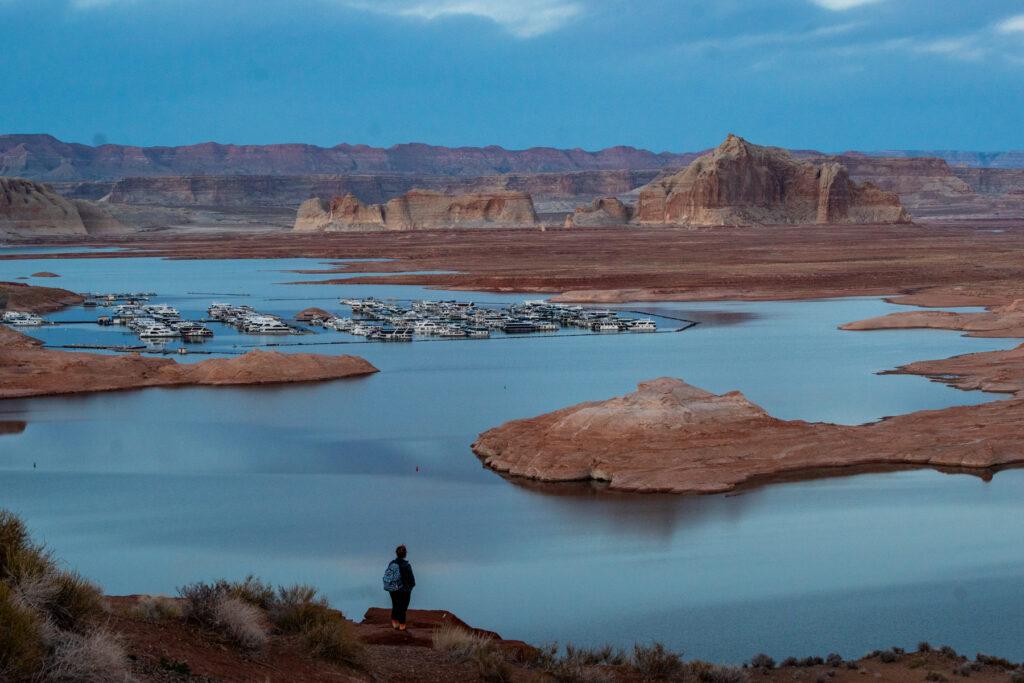
Then, in June 2022, the worst-case scenario seemed imminent: Lake Mead appeared poised to reach "deadpool," meaning the water was nearly too low to be released down to Arizona, California, Mexico and some of the tribes in those states.
The federal government got spooked and they got serious: They said states along the Colorado River had to cut by about a quarter the amount of water we collectively use. The feds vaguely threatened to step in and force cuts if the states couldn’t agree on a plan.
While the states have negotiated over the past year, they have been unable to come to an agreement. And they still deny tribes a principal seat at the dealmaking table.
Last week, the federal Department of Interior laid out options for how the agency could force Arizona, California and Nevada to use less Colorado River water, but even that plan is a stopgap meant to get the region through the next year or two.
We need a longer-term solution for how we can continue to live in the West as the region dries out. Whether the reductions in how much Colorado River water we collectively use come from an arrangement forced by the federal government or an agreement among the states, the bottom line is that cities, states and farmers will have to adopt new strategies for living in a place where there is less water.
How we made 'Parched,' and what you can do about the drought
As water levels hit record lows last summer, and it became clear the states had no plan to reliably and equitably divide our most important water source, the CPR newsroom began working on this in-depth project about the Colorado River and its future.
Instead of the water problem being abstract and academic, “Parched” will help you see the impacts and the opportunities in our daily lives. We hope to galvanize people living in the West to bring about solutions and force action before it’s too late.
This focus on explaining the biggest and most interesting solutions on the table was informed by interviews we did with people interested in the topic. We heard from hundreds of Coloradans who wanted to know more about the Colorado River and what could be done about our current water woes.
CPR News climate reporter Michael Elizabeth Sakas has been covering water in Colorado for a few years, traveling around the state to talk to farmers, researchers, greywater enthusiasts, local water managers, and more to tell stories of water in the West.
For “Parched,” Sakas tapped into her years of experience in Colorado and went further afield to find people pursuing concrete things to address the water crisis. She, along with photographer Hart Van Denburg and several CPR producers traveled from the Colorado River headwaters to the delta in Mexico (where she was joined by Denverite photographer Kevin J. Beaty) with reporting in five states and two tribal communities in between — a total of more than 12,000 miles traveled.
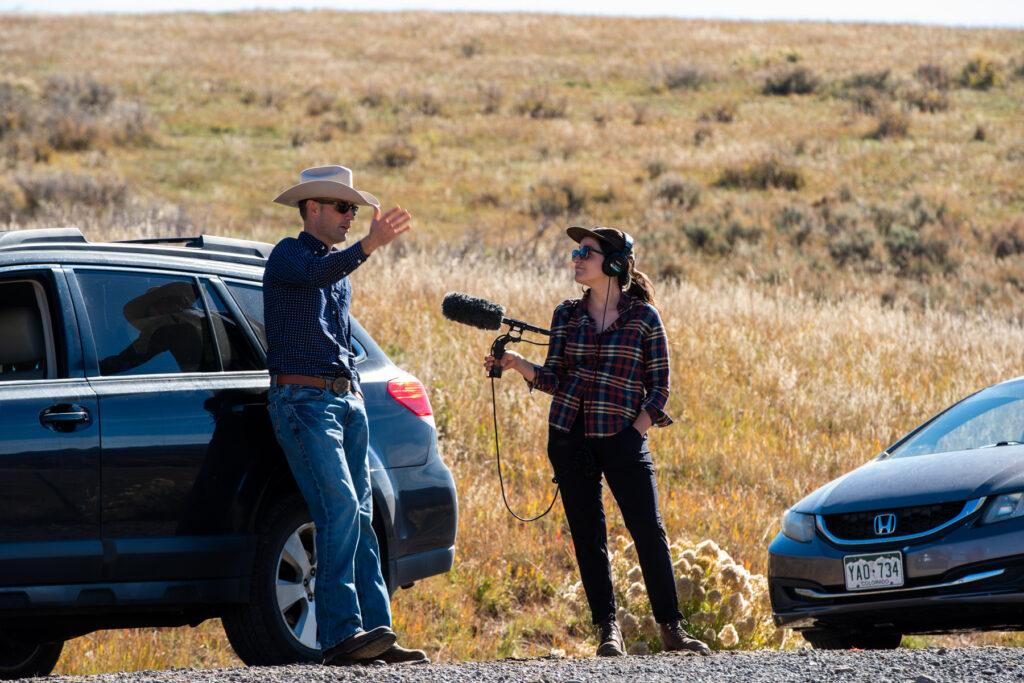
Colorado Public Radio climate solutions journalist, and host of the CPR News podcast Parched, Michael Elizabeth Sakas, reported from Colorado, Utah, Arizona, California and Mexico to hear ideas about saving the Colorado River. 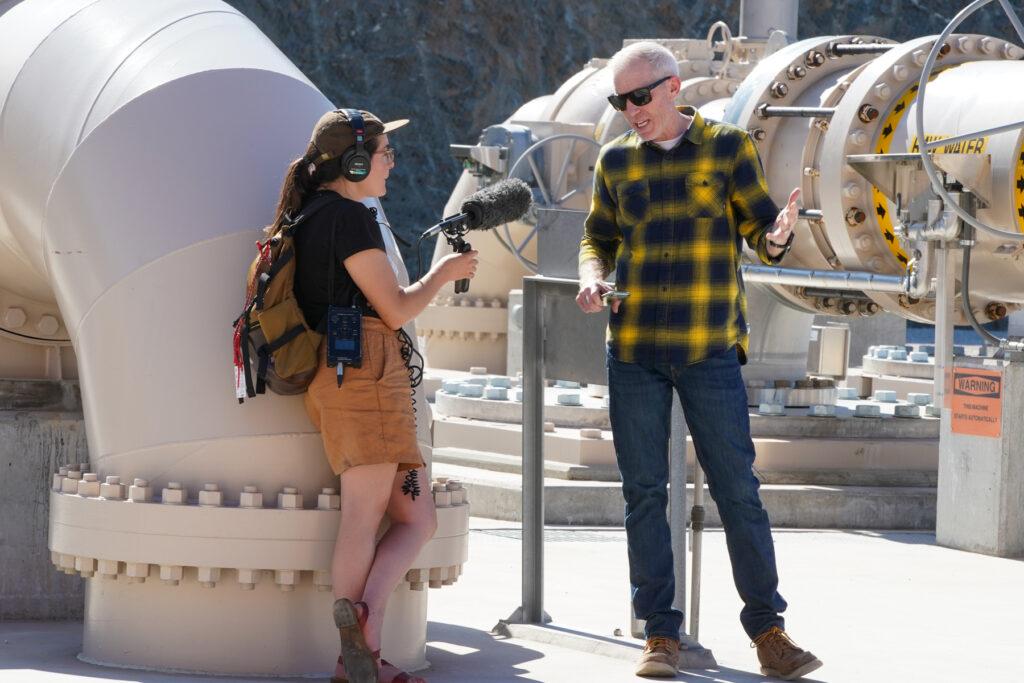
Colorado Public Radio climate solutions journalist, and host of the CPR News podcast Parched, Michael Elizabeth Sakas, reported from Colorado, Utah, Arizona, California and Mexico to hear ideas about saving the Colorado River. 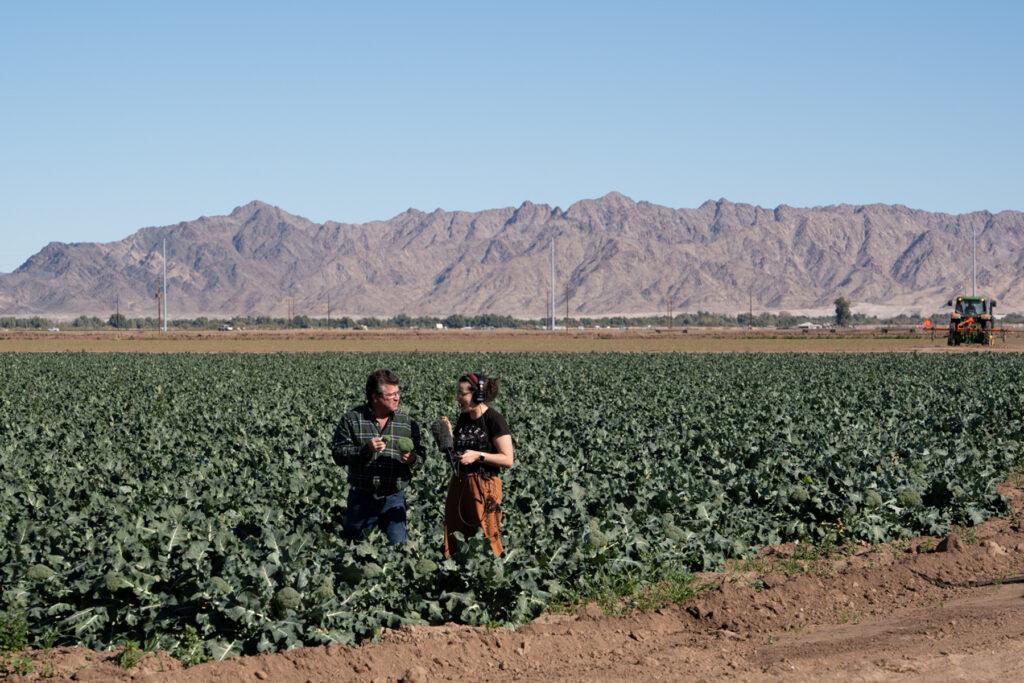
Colorado Public Radio climate solutions journalist, and host of the CPR News podcast Parched, Michael Elizabeth Sakas, reported from Colorado, Utah, Arizona, California and Mexico to hear ideas about saving the Colorado River. 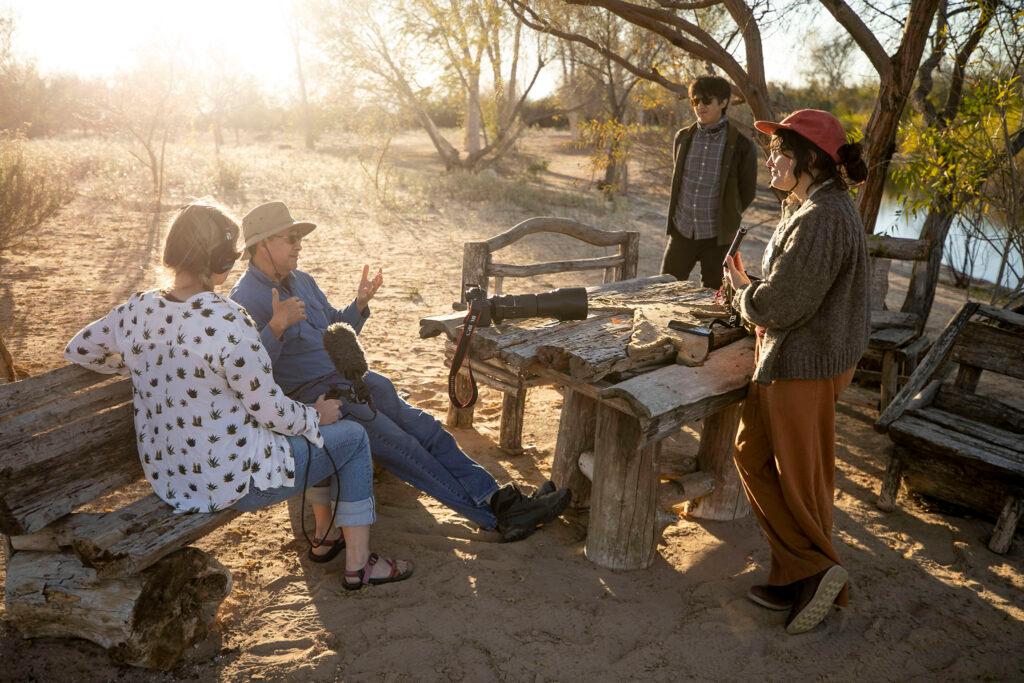
Colorado Public Radio climate solutions journalist, and host of the CPR News podcast Parched, Michael Elizabeth Sakas, reported from Colorado, Utah, Arizona, California and Mexico to hear ideas about saving the Colorado River.
The team toured the nation’s biggest desalination plant, to see if seawater could be our savior. They met a Colorado rancher on a mission to help farmers use less water — and get paid fairly for it. They saw what it takes for a major metropolitan area to drastically cut its water use. (Hint: it involves water cops.)
The reporting for this project took nearly a year.
We recorded more than 60 hours of audio, and dug through archive tape to see how wastewater recycling, desalination, pipelines and dams have been used and perceived throughout modern history.
Best of all, we fueled our reporting with local food in Mexicali, Tucson and southern California, and saw some of the most spectacular parts of this region, all in an effort to preserve our future here for generations to come.
More about the Colorado River
- The most endangered river: A conservation group considers the Colorado River the epicenter of the nation’s water and climate crisis.
- Lake Powell dangerously low: As the reservoir dries up, there’s growing concern about the future of hydropower production.
- What happens if the river keeps drying up: It could trigger a chain-reaction of legal wrangling that could lead to some water users being cut off from the river.
- Tribes fight for inclusion: Leaders of native tribes who depend on the river say a century-old agreement is fueling water inequalities.
- Where’s the water going?: Much of it gets absorbed by soil baked dry by hotter temperatures due to climate change.







